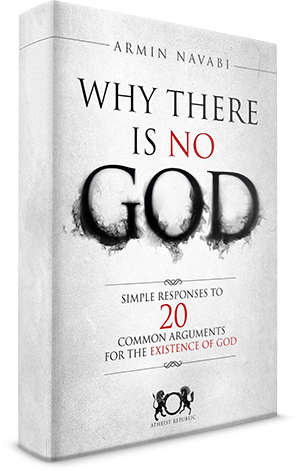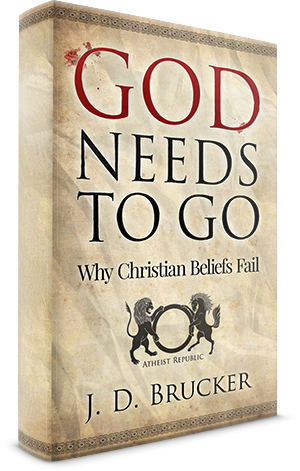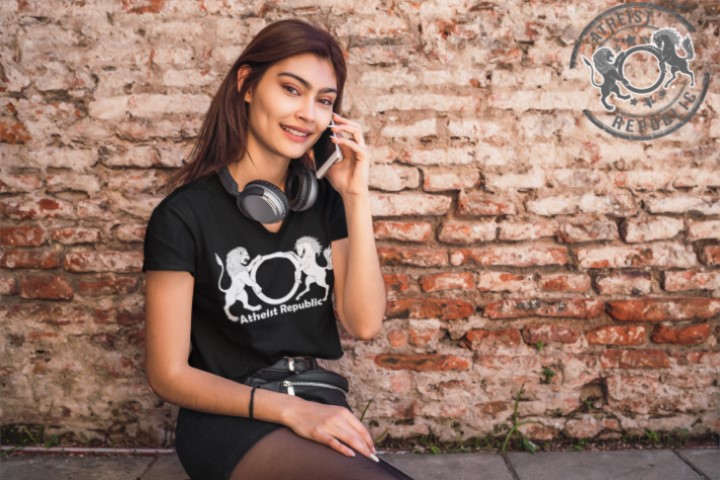I got a puzzle:
The game:
- Uses a standard 52 card deck.
- Only one player at a time.
- Deck is shuffled into a random configuration at the start of each hand (all hands are equally likely to be dealt to the player).
- The player's hand consists of 2 face down cards, that the player doesn't get to see the cards until the end of the hand.
Bob is playing this game, but he brought along his azure magic wand. This wand when ran over his 2 face down cards, will lite up if there is 1 or more Queens in the hand.
Alice is also playing this game (at a separate table, with a separate deck of cards). Alice brought along her ruby magic wand. This wand lite up if the Queen of Hearts is in the 2 card face down hand.
-------------------------------------------------
You walk into the casino, Bob and Alice have each been dealt their face down hands (2 cards each); each one scans their own hand with their own wand, and both wands lite up.
The question:
Who is more likely to have a pair of Queens?
-------------------------------------------------
/e And don't be intimidated of being wrong; essentially everyone gets this one wrong the first time! Oh and I forgot to mention, the magic wands are 100% accurate.
Subscription Note:
Choosing to subscribe to this topic will automatically register you for email notifications for comments and updates on this thread.
Email notifications will be sent out daily by default unless specified otherwise on your account which you can edit by going to your userpage here and clicking on the subscriptions tab.





























Pages